Author: Matt Del Fiacco
Grown exclusively by CLS Farms in Yakima, WA and released in collaboration with Yakima Valley Hops, Medusa is a neomexicanus variety lauded for imparting intense guava, melon, apricot, and citrus fruit. Its lower alpha acid levels and high oil content make a great hop for large contributions to Pale Ale and IPA. Previously bought up entirely by commercial breweries, Medusa recently hit the homebrewer market and has been steadily gaining a following by those interested in tasting the unique characteristics of this wild hop.
Alpha: 3.8%
Beta: 5.0 – 5.5%
Cohumulone: 29% of alpha acids
Total Oil: 0.4 mL/100g
Myrcene: 30.87%
Humulene: 18.11%
Caryophyllene: 18.37%
Farnesene: 2.24%
Linalool: 0.83%
Geraniol: 0.94%
Citral: 0.06%
Limonene: 0.23%
ß-Pinene: 0.61%
Parentage: wild American hop of the neomexicanus sub-species
While at Homebrew Con, I heard quite a few people talking about Medusa and how great they smelled, so I headed to the Yakima Valley Hops booth and had a great time chatting with the guys behind the counter. I walked away excited to brew a Medusa hopped beer for The Hop Chronicles!
| MAKING THE BEER |
I designed a simple American Blonde Ale in hopes of allowing Medusa to express herself fully in the finished beer. Since this would also be a separate xBmt, I brewed 2 batches side-by-side.
Medusa Pale Ale
Recipe Details
| Batch Size | Boil Time | IBU | SRM | Est. OG | Est. FG | ABV |
|---|---|---|---|---|---|---|
| 5.5 gal | 60 min | 25.4 IBUs | 3.6 SRM | 1.043 | 1.011 | 4.3 % |
| Actuals | 1.043 | 1.005 | 5.0 % | |||
Fermentables
| Name | Amount | % |
|---|---|---|
| Pale Malt, 2-Row (Rahr) | 8.375 lbs | 94.37 |
| Carahell (Weyermann) | 8 oz | 5.63 |
Hops
| Name | Amount | Time | Use | Form | Alpha % |
|---|---|---|---|---|---|
| Medusa | 16 g | 60 min | Boil | Pellet | 3.8 |
| Medusa | 21 g | 30 min | Boil | Pellet | 3.8 |
| Medusa | 40 g | 15 min | Boil | Pellet | 3.8 |
| Medusa | 33 g | 20 min | Aroma | Pellet | 3.8 |
Yeast
| Name | Lab | Attenuation | Temperature |
|---|---|---|---|
| Flagship (A07) | Imperial Yeast | 75% | 60°F - 72°F |
Notes
| Water Profile: Yellow Bitter in Bru’n Water Spreadsheet |
Download
| Download this recipe's BeerXML file |
I prepared a starter of Imperial Organics A07 Flagship yeast a couple days before brewing.
I started my brew day by gathering RO water and adjusting it with minerals to hit my target profile before turning the heat on.
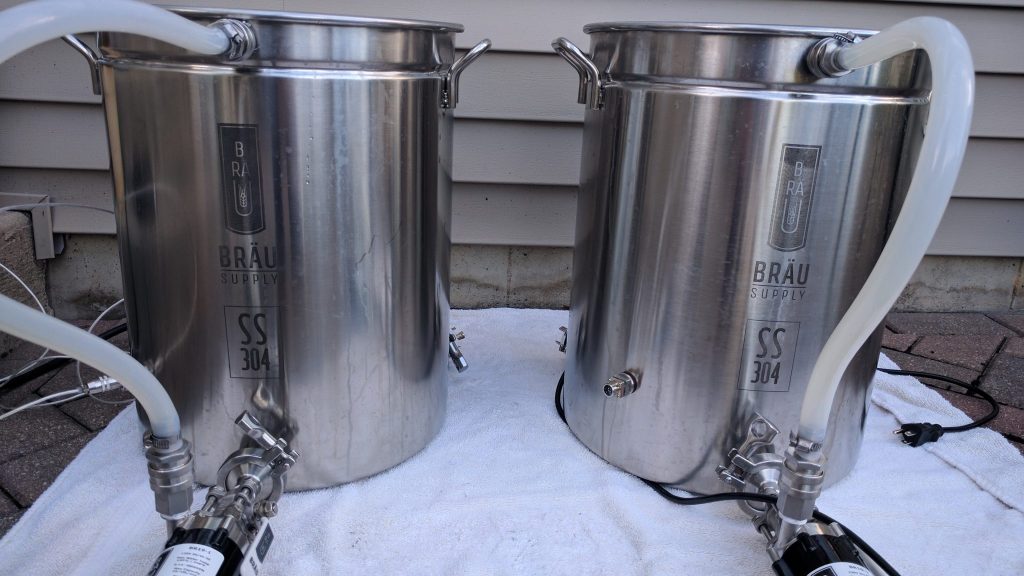
While the water was warming up to strike temperature, I weighed out and milled the grains.
With the water properly heated, I lowered the grains into the kettle/MLT and gave the mash a gentle stir before checking to ensure I’d hit my target mash temperature.
After the hour long mash, I lifted the grains out and let them drain while the wort was heating to a boil. During the wait, I measured out my hop additions.
The wort was boiled for 60 minutes with hops added at the times stated in the recipe.
When the boil was complete, I turned off the heat before adding more hops to the wort and recirculating a 20 minute hop stand.
A refractometer reading at this point showed the wort was right at my intended OG.
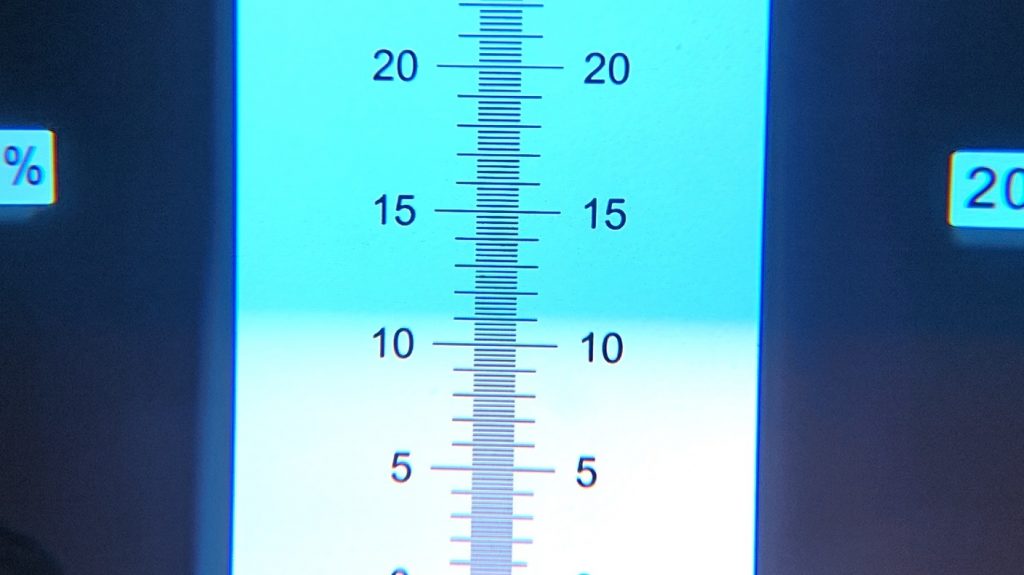
With the hop stand finished, I chilled the wort then transferred it to a fermentation keg.
Once in my fermentation chamber, I pitched the yeast and attached a blowoff rig. A few days later, I added the dry hop charge then waited another 3 days, at which point fermentation activity had ceased. A hydrometer measurement showed FG had been reached.
I proceeded with cold crashing, fining with gelatin, then transferring the beer to a serving keg.
The cold beer was placed in my keezer where it was burst carbonated before being set to serving pressure for a few days. Despite my efforts, the beer maintained a haze that left me wondering if the culprit might be the unique hop variety.
| METHOD |
Participants were instructed to focus only on the aromatic qualities of the beer before evaluating the flavor. For each aroma and flavor descriptor, tasters were asked to write-in the perceived strength of that particular characteristic on a 0-9 scale where a rating of 0 meant they did not perceive the character at all and a rating of 9 meant the character was extremely strong. Once the data was collected, the average rating of each aroma and flavor descriptor was compiled and analyzed.
| RESULTS |
A total of 18 people participated in the evaluation of this beer, all blind to the hop variety used until after they completed the survey. The average aroma and flavor ratings for each descriptor were plotted on a radar graph.
Average Ratings of Aroma and Flavor Perceptions
The 3 characteristics endorsed as being most prominent by participants:
| Aroma | Flavor |
| Tropical Fruit | Tropical Fruit |
| Dank/Catty | Dank/Catty |
| Stone Fruit | Stone Fruit |
The 3 characteristics endorsed as being least prominent by participants:
| Aroma | Flavor |
| Pine | Apple/Pear |
| Spicy/Herbal | Berry |
| Onion/Garlic | Pine |
Participants were then asked to rate the pungency of the overall hop character.
Next, they were instructed to identify beer styles they thought the hop would work well in.
Finally, tasters were asked to rate how much they enjoyed the hop character on a 0 to 10 scale.
My Impressions: Right out of the gate, I perceived this beer as being far more dank than I expected, it had an aroma similar to what I imagine a Phish concert to be like. Beneath those dank notes were undercurrents of incredibly pleasant apricot and citrus. The beer had a solid bitterness with a crisp finish and while other characteristics of Medusa were rather strong, I didn’t experience the bitterness as lingering on my palate in any way. Overall, this beer was delicious and unique, making me excited to see how it pairs with other varieties!
| CONCLUSION |
I get excited when trying out new ingredients, especially hops, but there was something extra special about Medusa– it was my first time using a neomexicanus variety. According to Greek mythology, Medusa was a snake-headed monster with a face so hideous that anyone who dared give her a look would immediately turn to stone. With its unique multi-headed cone and wild heritage, it’s no wonder Medusa hops received such a moniker. However, I think they’re quite appealing to look at and, while I didn’t turn to stone, the aroma left me with the distinct impression I might end up feeling that way. In addition to a strong dank character, I loved the unique tropical and stone fruit notes imparted by Medusa. While it played great on its own, I’m sure it’d pair beautifully with other popular varieties as well. Of course, this is just one person’s biased opinion, which is why we collect data from unwitting participants.
There are instances in The Hop Chronicles where sensory data on certain varieties don’t align well with expectations, which is interesting and neat, but it doesn’t seem to be the case with Medusa. Tasters endorsed this beer as possessing tropical fruit, dank, and stone fruit aroma and flavor characteristics, which is congruent with pre-existing descriptors including guava, citrus, and apricot. In addition, all but 2 tasters felt the pungency was moderate to strong and nearly everyone thought it would be ideal for Pale Ale or IPA.
Learn more! In this video, Jeff Perkins from Yakima Valley Hops heads to CLS Farms where Reid Lundgren explains a little about Medusa hops and how they’re growing in the Yakima Valley:
If you have any thoughts on Medusa hops, please feel free to share them in the comments section below!
Support for The Hop Chronicles comes from Yakima Valley Hops, suppliers of over 40 varieties of hops ranging from classics like Saaz and Cascade to yet-to-be-named experimental options. Offering great prices with reasonable shipping, consider Yakima Valley Hops for your next hop purchase.
Support Brülosophy In Style!
All designs are available in various colors and sizes on Amazon!
Follow Brülosophy on:
FACEBOOK | TWITTER | INSTAGRAM
If you enjoy this stuff and feel compelled to support Brulosophy.com, please check out the Support Us page for details on how you can very easily do so. Thanks!


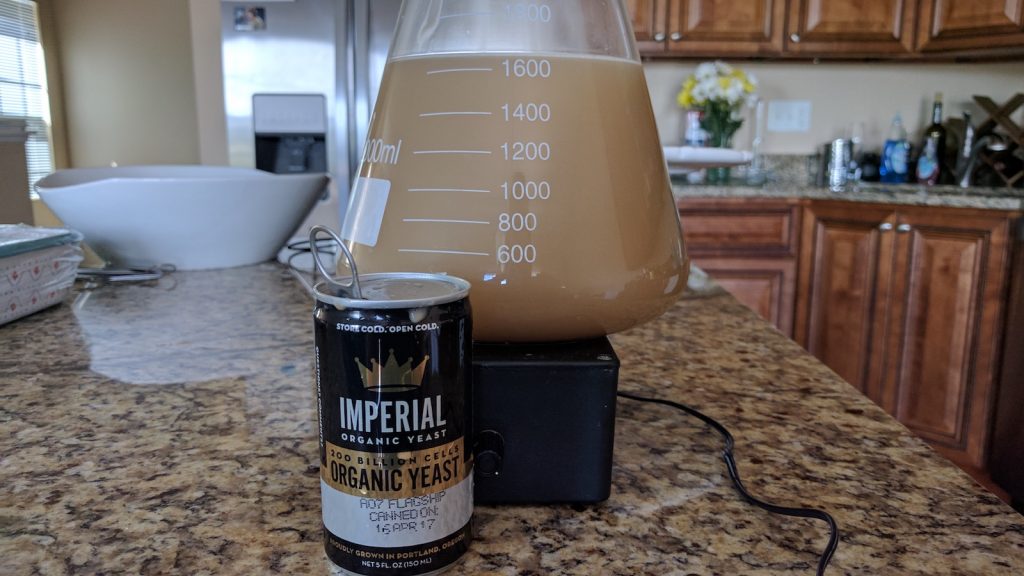
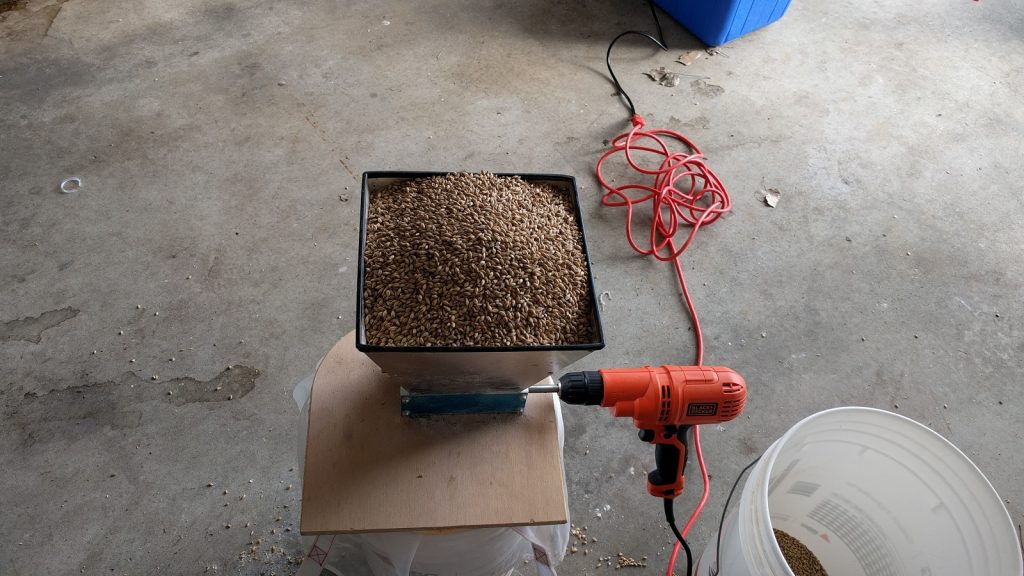
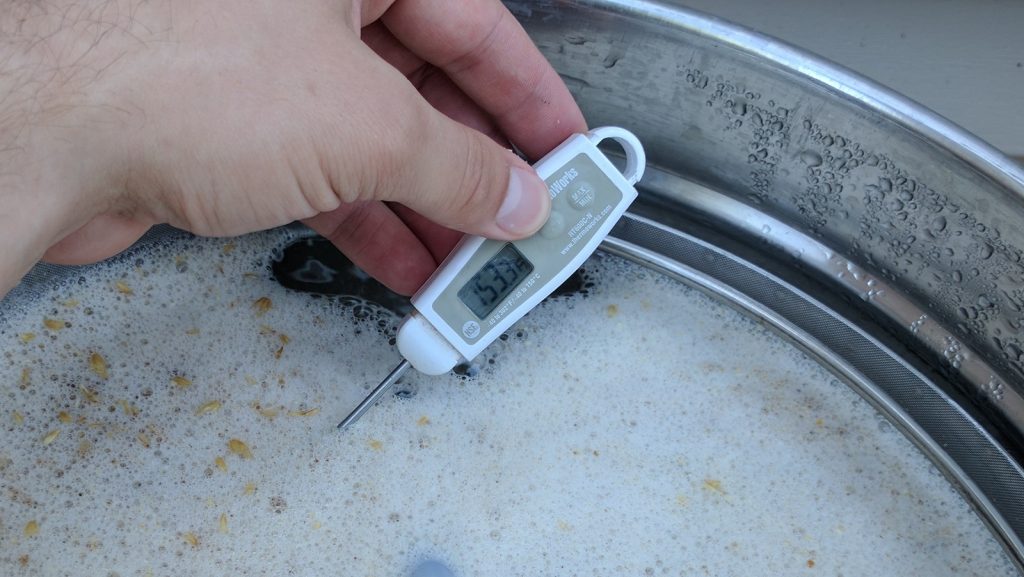
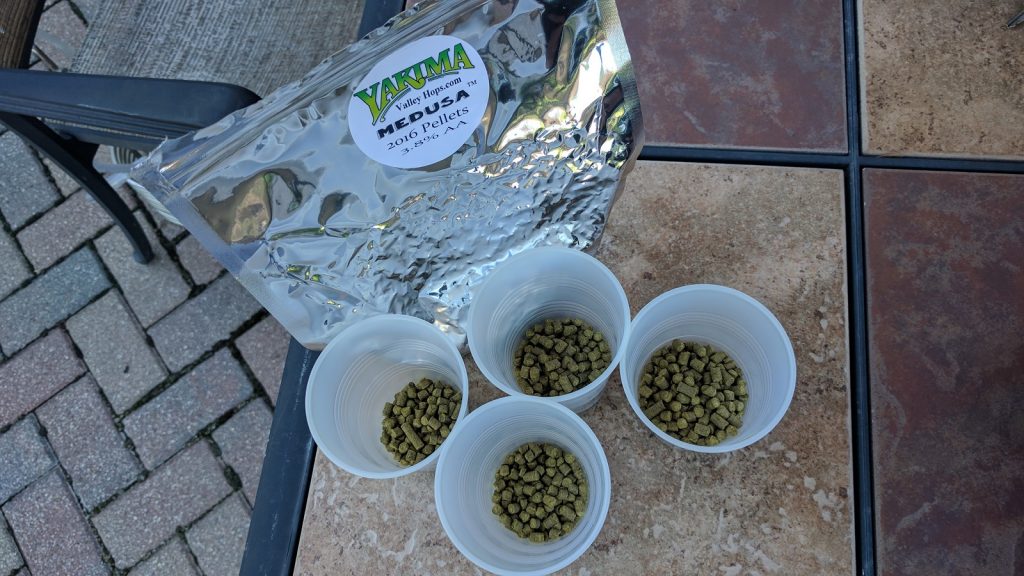
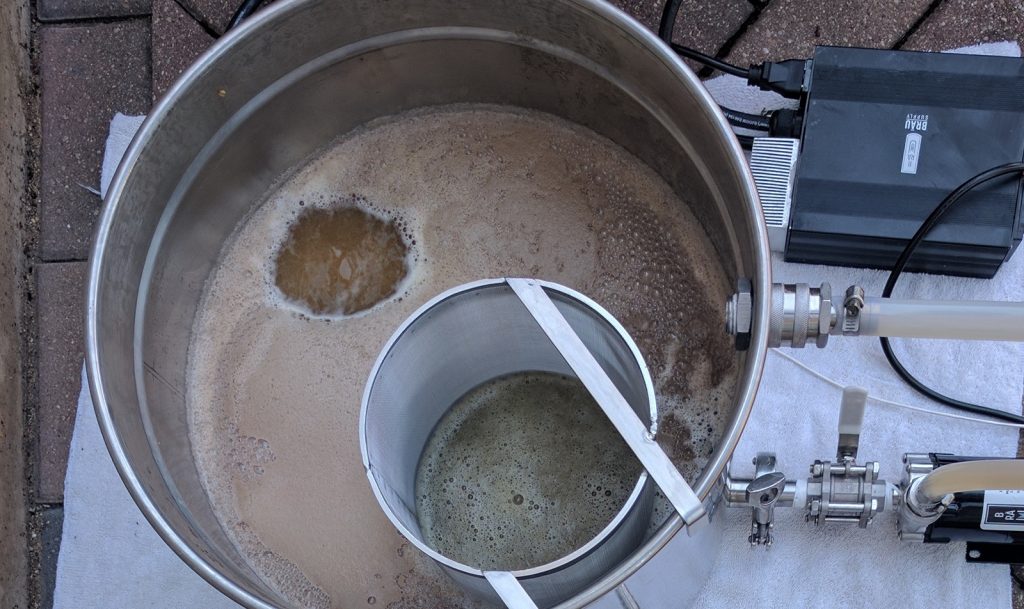
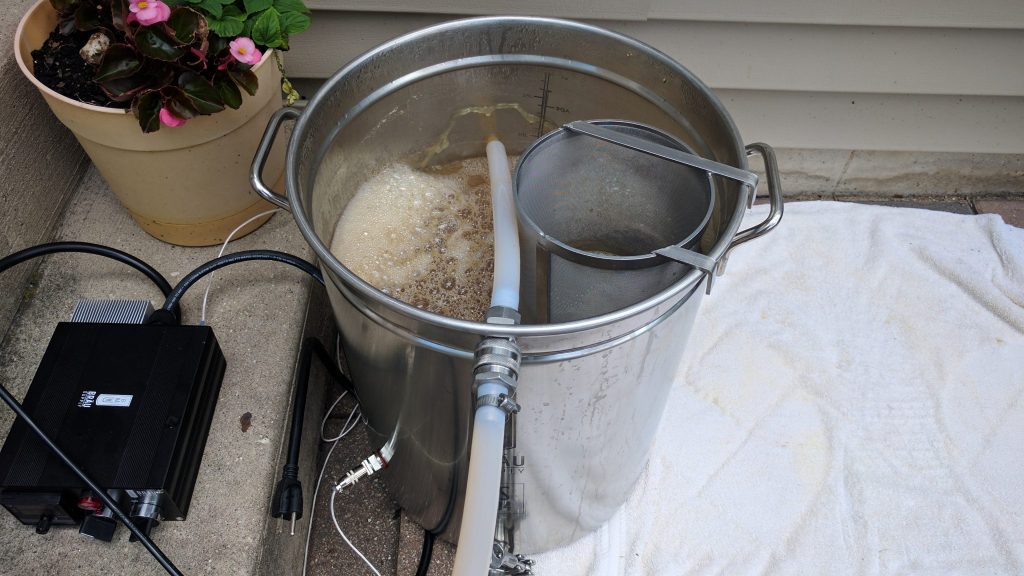
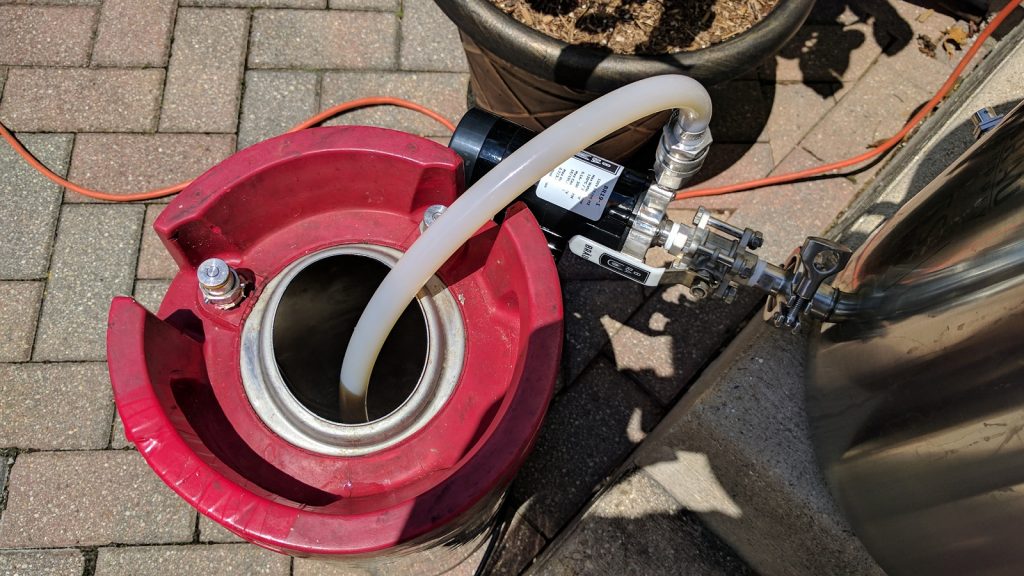
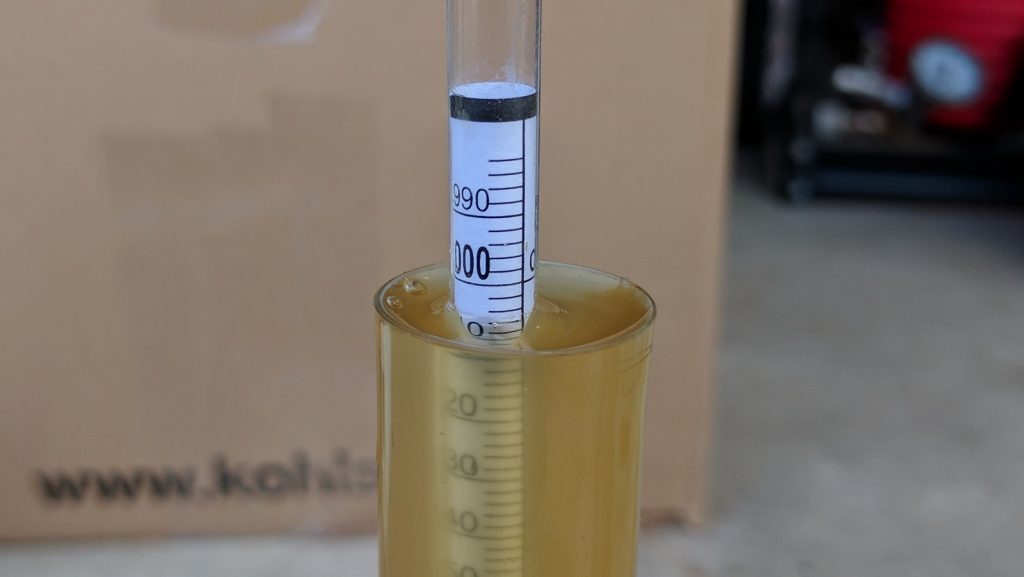
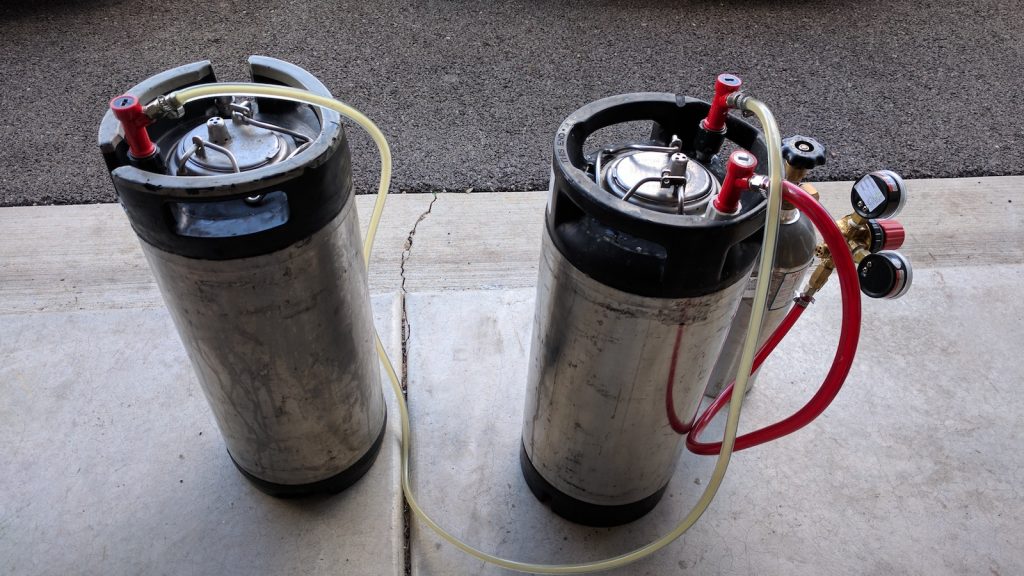
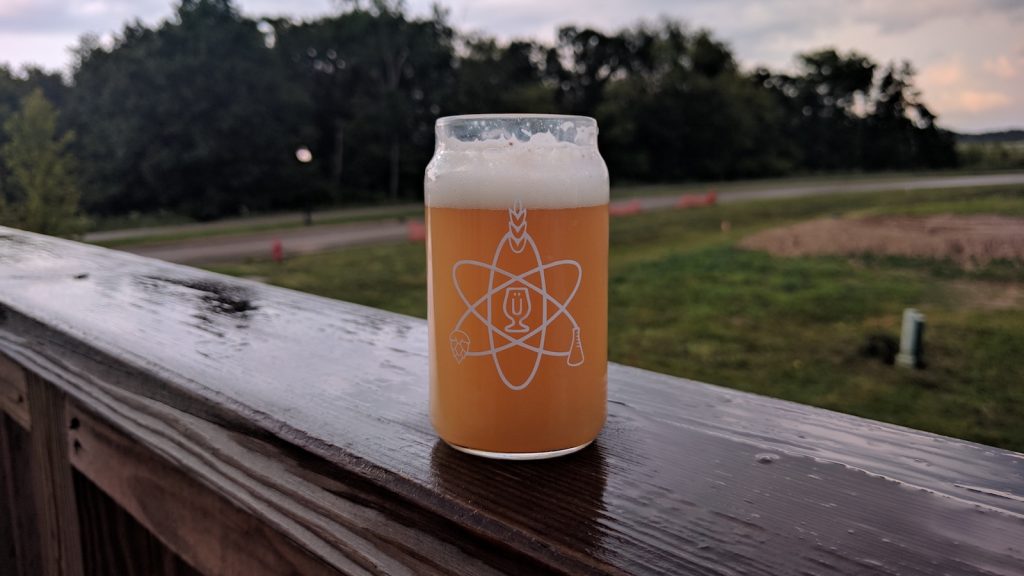
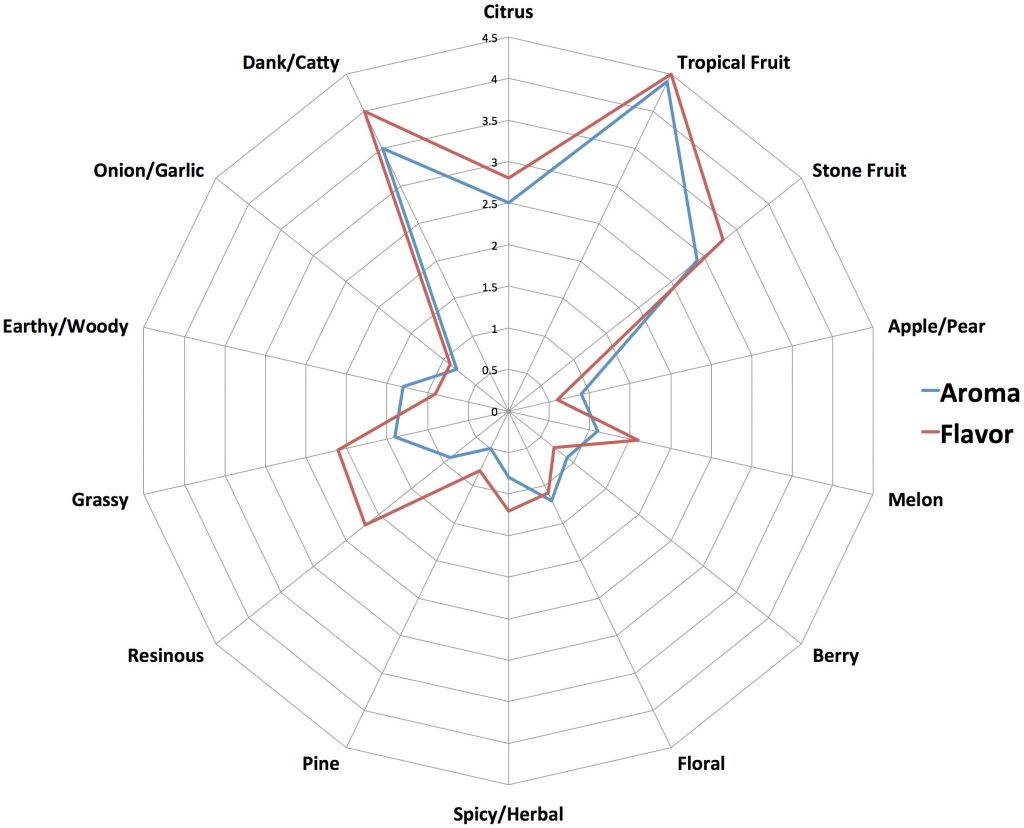
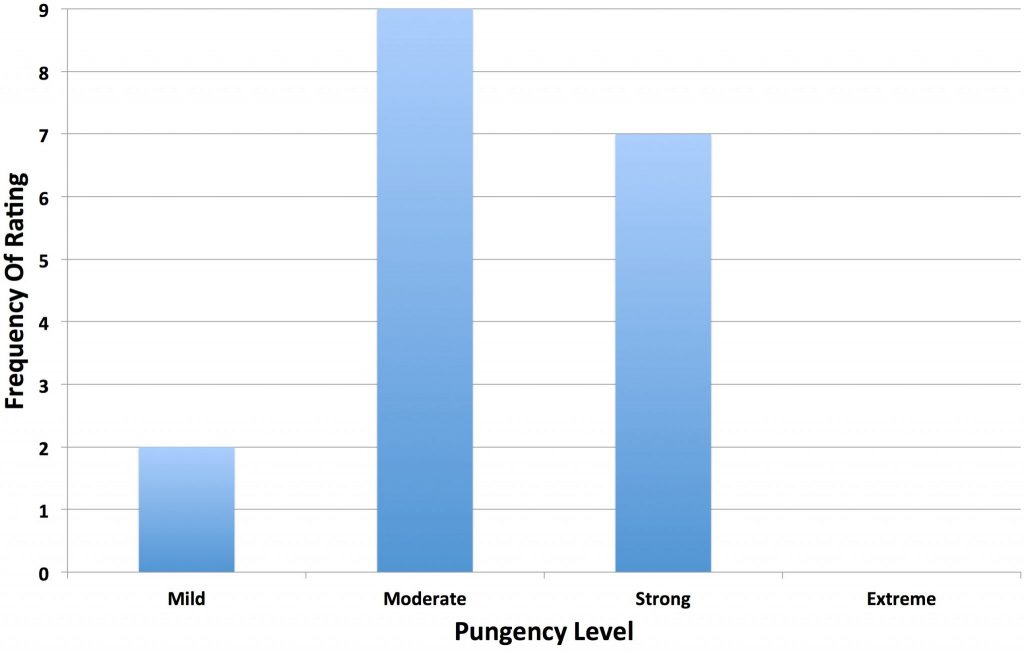
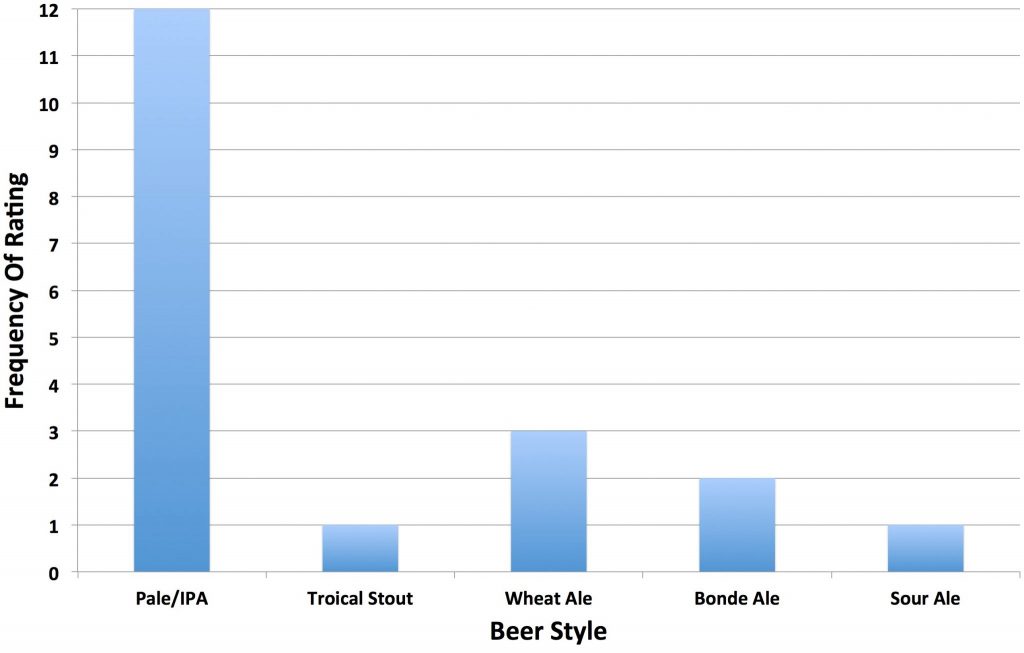
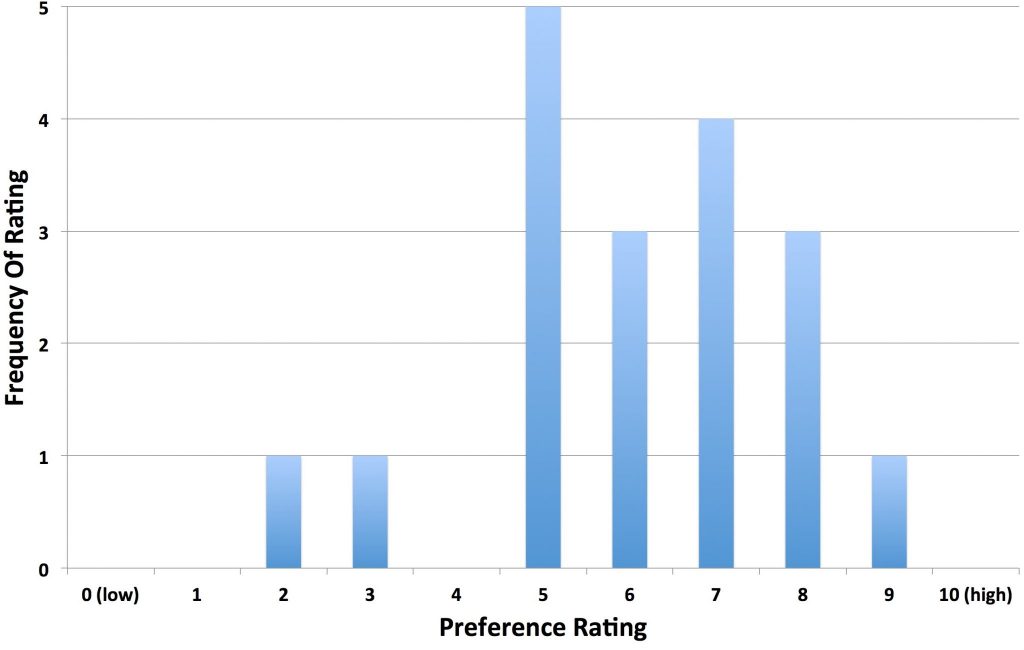
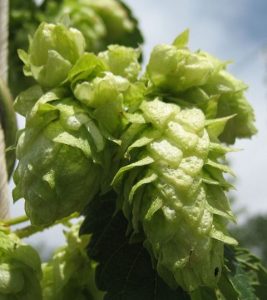











9 thoughts on “The Hop Chronicles | Medusa (2016) Pale Ale”
In the recipe should the Aroma hop read 2 minutes? Not 20?
I think he means a 20 min hop stand/whirlpool after flameout…
It was a 20 minute hop stand post boil
Like a Phish concert – great aroma descriptor!
(not that I’ve ever been to a Phish concert, but I can imagine)
I brewed a beer with them and had a perpetual haze. I’m glad to see it wasn’t just me.
I found that the Chico yeast hilighted a harsh bitterness. Combine that a pale ale malt that was slightly toasty and the beer came out undrinkable.
But I’ve got another batch ready to go with my house IPA yeast (Imperial A20 Citrus).
Troical Stout and Bonde ale are such underrated styles! Personally, I’m keen to try medusa hops in a burleywine or a miamiweisse.
Thanks for the article! Out of curiosity, you make mention of a dry hopping – but I don’t see that in the recipe. How much did you use?
thanks!
Medusa is not CLS exclusive. They bought the NeoMex breeding program from Todd Bates and his plants exist elsewhere.
If you’re interested in growing Medusa yourself you can. It’s also called Multihead.
Happy Brewing!
Sounds like yet another candidate for a NEIPA.